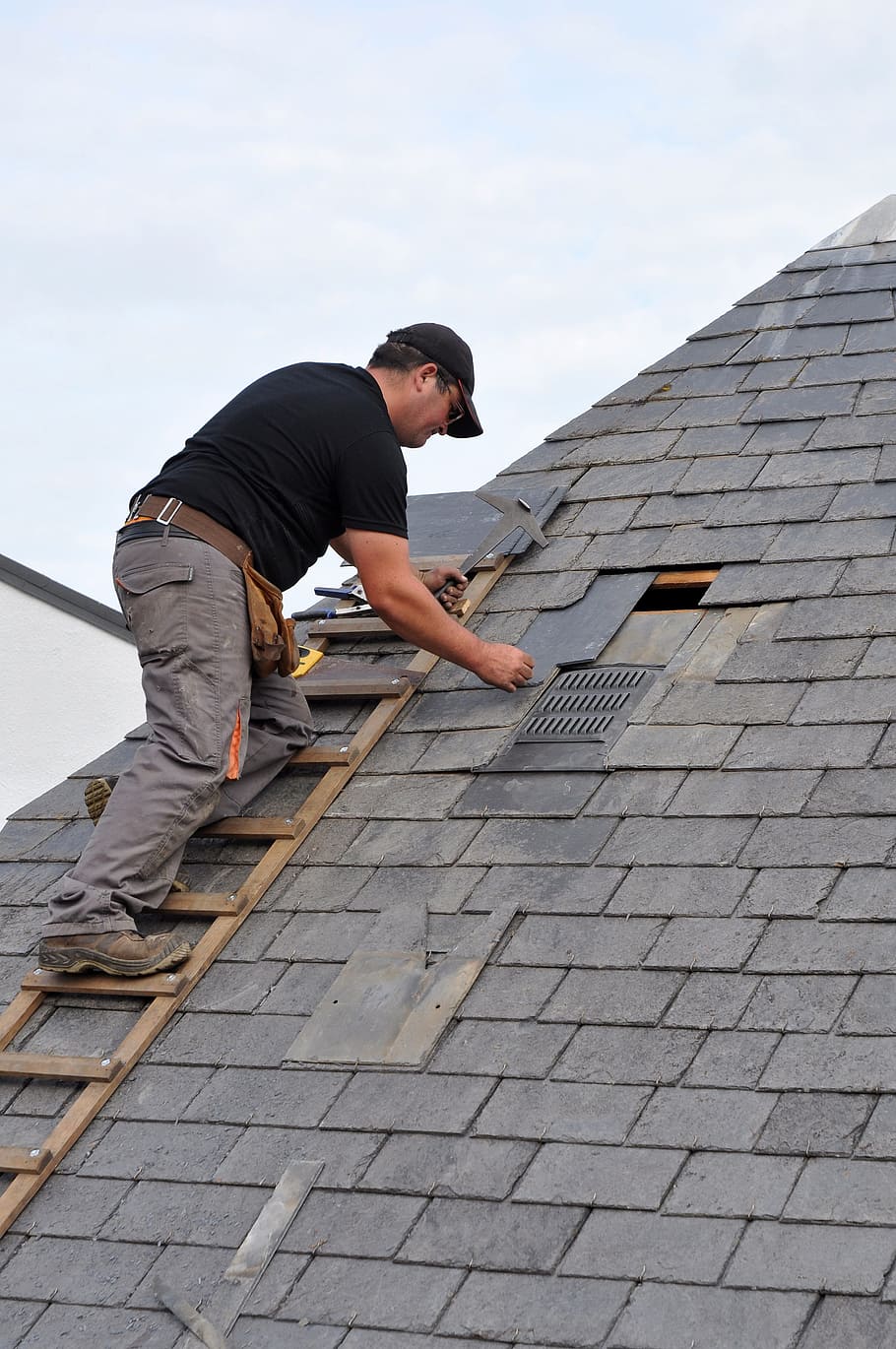
Welcome to "Covering the Sky: Unveiling the Secrets of Roofing," where we delve into the fascinating world of roofing. The roof is the crown that adorns our homes, providing essential protection against the elements while lending style and character to any structure. Whether we marvel at the intricate designs of historical buildings or admire the sleek, modern lines of contemporary homes, roofing plays a vital role in both form and function.
Roofing encompasses a diverse range of materials, techniques, and designs, each with its own unique set of advantages and considerations. From traditional asphalt shingles to eco-friendly options such as metal and solar panels, the choices are as varied as the architectural landscape itself. Join us as we explore the secrets behind durable roofs, the art of proper installation, and the latest innovations in roofing technology. Whether you are a homeowner seeking to better understand the options available to you or a professional in the industry, "Covering the Sky" aims to be your insightful guide on this essential aspect of construction.
Types of Roofing Materials
When it comes to roofing, there are various materials available to cater to different needs and preferences. Each roofing material has its own unique features and benefits, allowing homeowners to choose the one that best suits their requirements. Here, we will explore some of the most common types of roofing materials used today.
-
Asphalt Shingles:
Asphalt shingles are one of the most popular choices for residential roofing. They are durable, affordable, and available in a wide range of colors and styles. These shingles are made from a mixture of asphalt and fiberglass, providing protection against weather elements such as rain, snow, and wind. Asphalt shingles are easy to install and require minimal maintenance, making them a practical choice for many homeowners. -
Metal Roofing:
Metal roofing, including materials like steel and aluminum, has gained popularity in recent years. Metal roofs offer excellent durability and can withstand harsh weather conditions. They are fire-resistant, lightweight, and can last for several decades with proper care. Metal roofing comes in a variety of styles and finishes, allowing homeowners to achieve the desired aesthetic look for their homes. -
Clay or Concrete Tiles:
Clay or concrete tiles are a classic roofing option known for their longevity and timeless appeal. These tiles are highly durable and can withstand extreme weather conditions. They are available in a range of colors and styles, featuring unique textures and patterns. Clay or concrete tiles require professional installation due to their weight and fragility, but once installed, they can add a touch of elegance and sophistication to any home.
As you can see, there are several types of roofing materials to choose from, each with its own advantages and considerations. By understanding the characteristics of different roofing materials, homeowners can make an informed decision when it comes to selecting the most suitable option for their roofing needs.
The Roofing Process
Firstly, a thorough inspection of the roof is conducted to assess its condition and identify any potential issues. This includes checking for leaks, damaged shingles, and signs of wear and tear. It is important to address these issues before starting any roofing project to ensure the longevity of the new roof.
Once the inspection is complete, the next step involves preparing the roof for the installation process. This typically involves cleaning the surface and removing any debris or old roofing materials. It’s crucial to have a clean and smooth surface to ensure proper adhesion and installation of the new roofing materials.
After the preparation stage, the actual roofing installation begins. This process varies depending on the type of roofing material being used, such as asphalt shingles, metal, or tiles. Each material requires specific techniques and tools for proper installation. This step should be handled by experienced professionals to ensure a secure and long-lasting roof.
Overall, the roofing process involves a systematic approach that begins with inspection and preparation, followed by the installation of the roofing materials. By taking these steps, homeowners can have a well-protected and aesthetically pleasing roof that enhances the overall value and appeal of their property.
Maintenance and Care for Your Roof
Regular maintenance and care are essential in ensuring the longevity and durability of your roof. By implementing a few simple tasks, you can prevent potential issues and keep your roof in optimal condition.
Firstly, it’s crucial to regularly inspect your roof for any signs of damage or wear. Take the time to visually examine the surface, checking for missing or cracked shingles, as well as any signs of leakage or water damage. Addressing these issues promptly can prevent further damage and potential interior structural problems.
Secondly, keeping your gutters clean is vital for proper roof maintenance. Clogged gutters can lead to water buildup, which can seep into the roof and cause damage over time. Regularly removing leaves, debris, and other obstructions will ensure that water drains away effectively, reducing the risk of leaks and water-related issues.
Lastly, trimming overhanging tree branches is an important task in roof care. Branches that hang over your roof can scrape against the surface during strong winds, leading to shingle damage. Additionally, falling branches or debris during storms can cause significant harm. By regularly trimming your trees and ensuring they don’t pose a threat to your roof, you can minimize potential damage and keep it protected.
By following these simple maintenance guidelines, you can extend the lifespan of your roof and prevent costly repairs in the long run. Remember, proactive care is key to keeping your roof in excellent condition and protecting your home from the elements.




